Nikon Z9 vs Sony A1: specs and features compared
We compare the features of two of the fastest and highest-resolution full-frame mirrorless cameras currently available
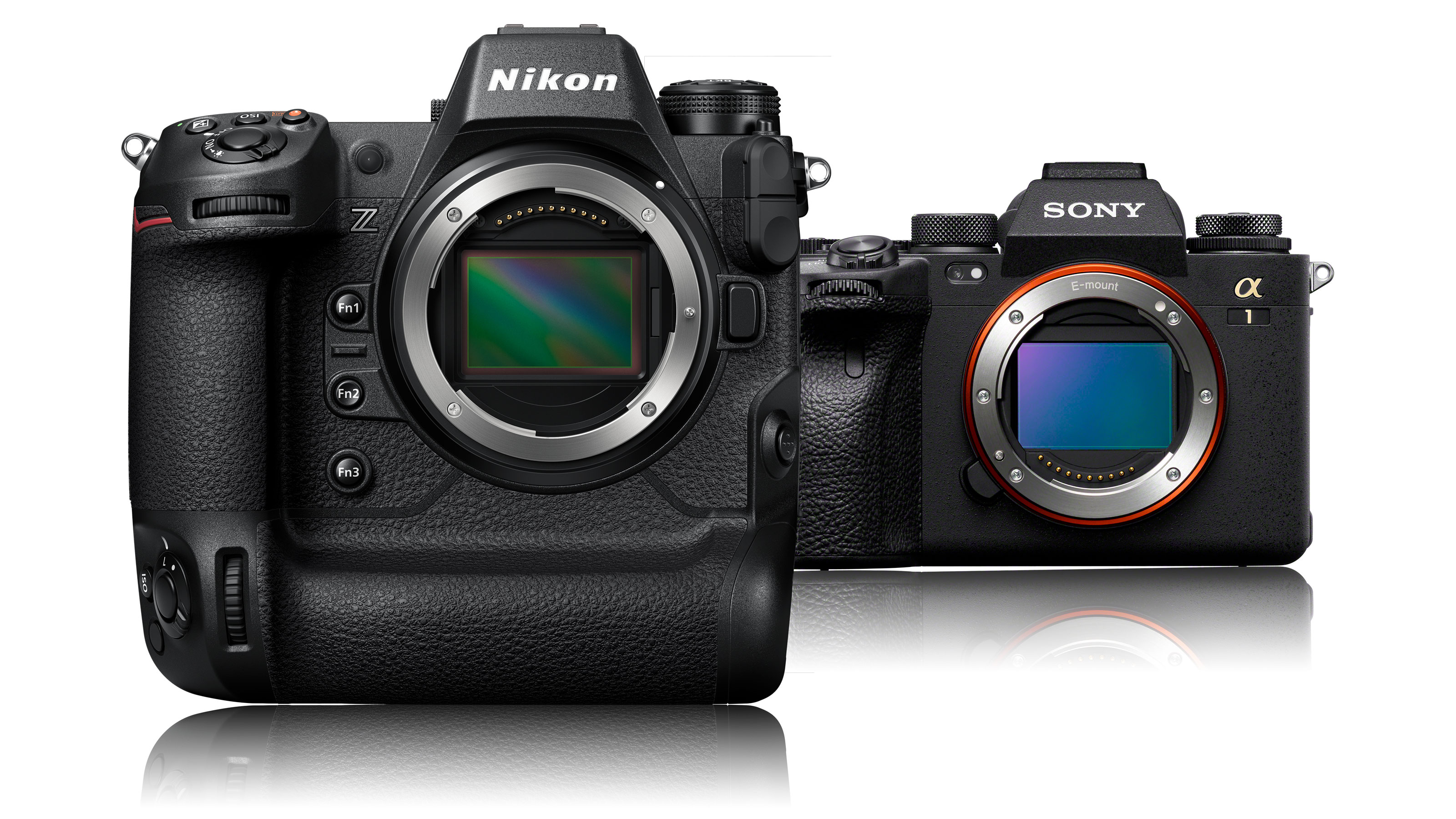
There was a time when it looked like Sony might steal all of Nikon’s market share from under its nose, introducing a series of well specified full-frame mirrorless cameras to entice photographers away from their DSLRs.
However, after a slow start in the mirrorless market, Nikon woke up and got on board with some excellent cameras of its own. Then in October 2021, it revealed the specification of the Nikon Z9, a full-frame camera aimed at professional sport, wildlife and news photographers. It makes it clear that Nikon has both the power and vision to innovate, producing a camera that has the chops to challenge the Sony A1.
In this comparison, we’ll examine the key specifications of the Nikon Z9 and Sony A1, drawing out their differences.
1. Sensor
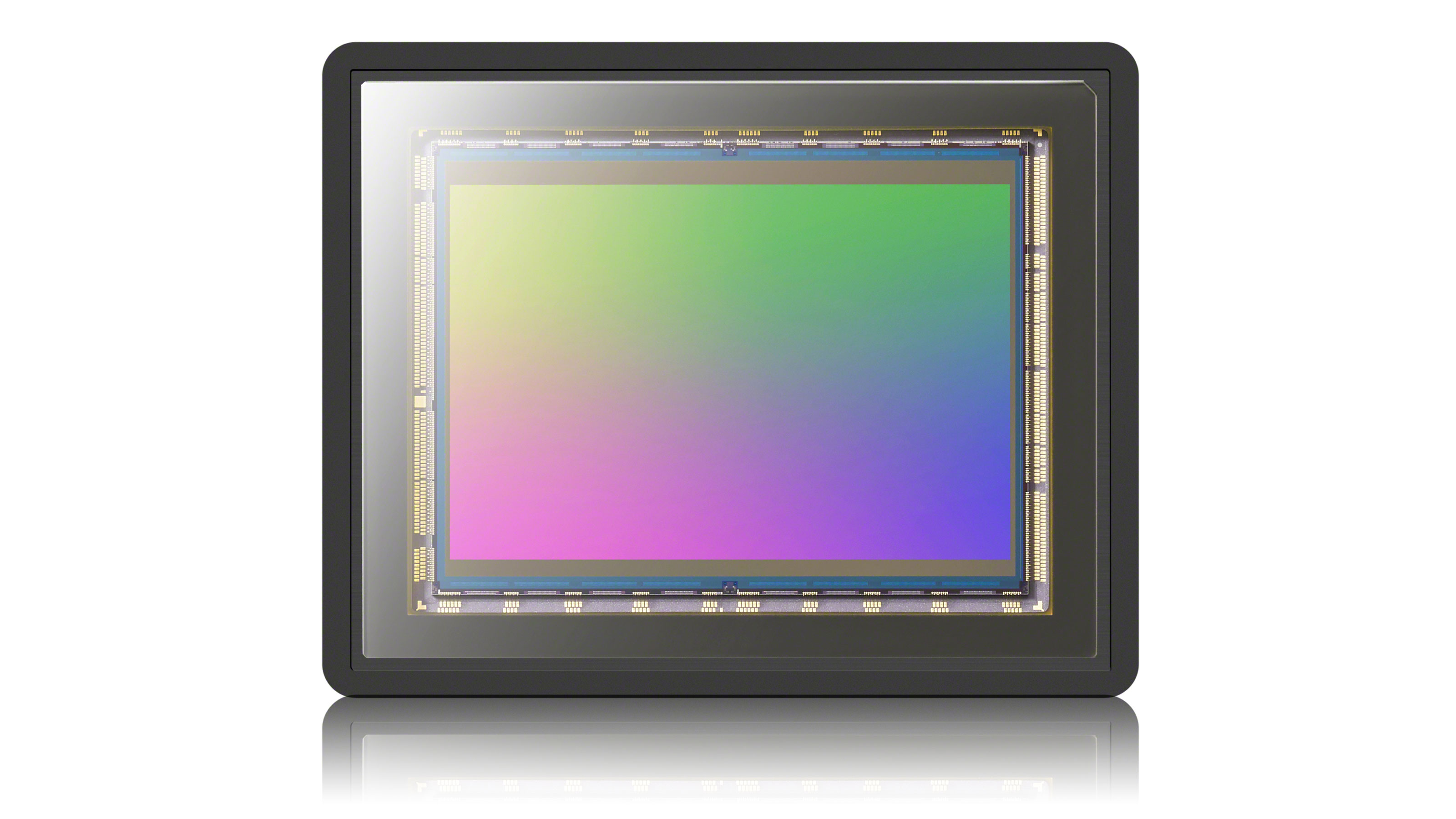
Nikon Z9: 45.7MP full-frame BSI stacked CMOS
Sony A1: 50.1Mp full-frame BSI stacked Exmor RS CMOS
Both manufacturers use a backside-illuminated stacked design for the full-frame CMOS sensors in their flagship mirrorless cameras. While Sony may win the pixel count contest by almost 5Mp, Nikon claims the Z9’s sensor has the fastest readout speed currently available and this enabled it to do away with the mechanical shutter in favour of a purely electronic one. That’s a move that many may have expected Sony to make first.
2. Size and weight
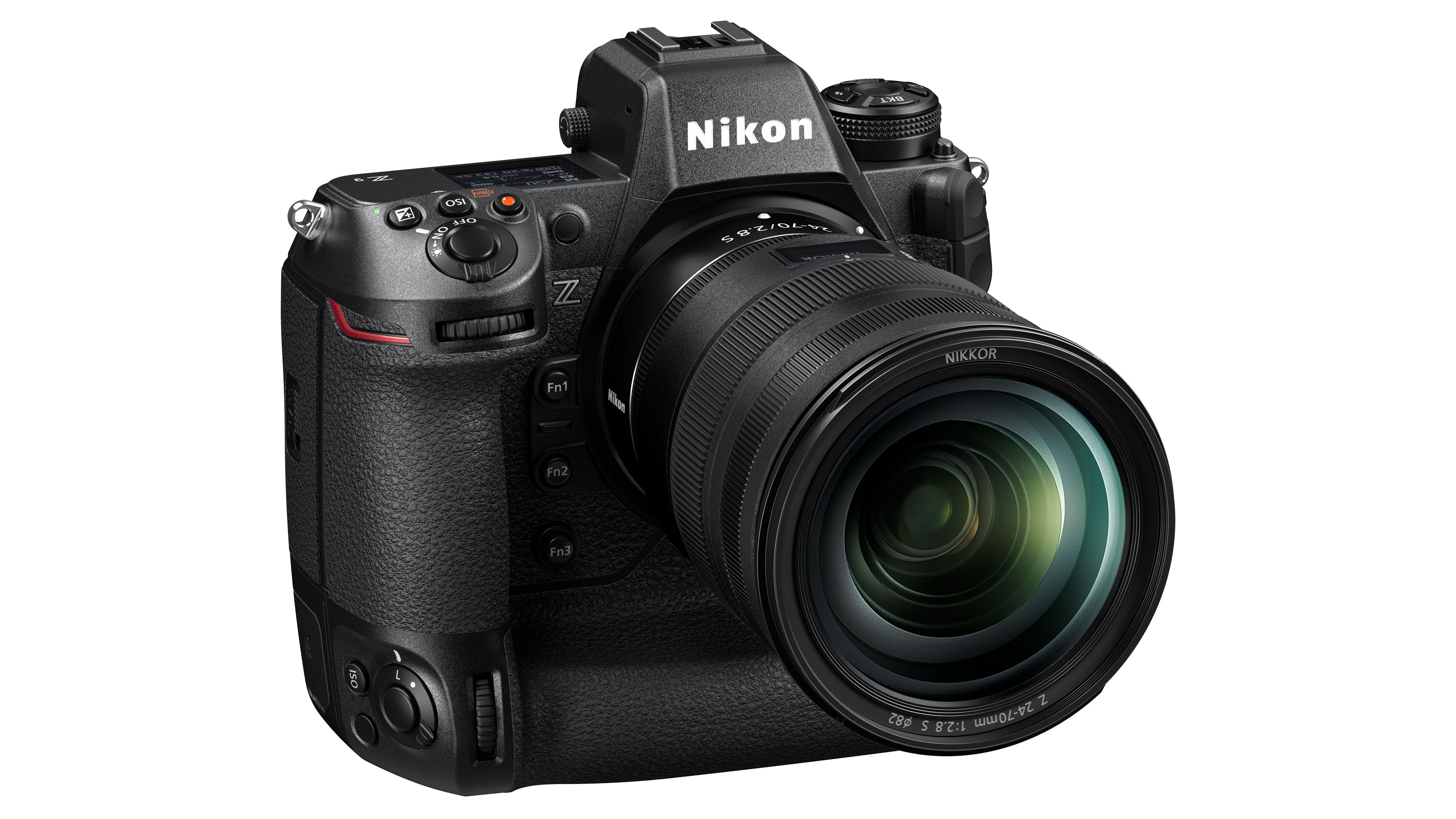
Nikon Z9: 149 x 149.5 x 90.5mm, 1,340g with battery and memory card
Sony A1: 128.9 x 96.9 x 80.8mm, 737g with battery and memory card
At 1,340g, the Z9 maybe a little lighter than Nikon’s flagship DSLR, the D6, but it’s not too far off being twice the weight of the Sony A1. This can largely be explained by the fact that the Z9 is a twin-gripped camera with controls within easy reach whether the photographer is shooting in landscape or portrait orientation. Sony can also offer this convenience but it requires the optional battery grip.
3. Continuous shooting
Nikon Z9: 30fps
Sony A1: Mechanical shutter: 10fps, Electronic shutter 30fps
While both the Nikon Z9 and Sony A1 can shoot full-resolution images at up to 30fps, there are some caveats to achieving that rate. The Nikon Z9, for instance, can only record normal-quality JPEGs at that pace, but with the right memory card it can shoot over 1000 in a sequence. If you want to shoot raw files at a fast rate on the Z9, the maximum is 20fps.
Meanwhile, the Sony A1 can shoot up to 155 full-frame compressed raw images or 165 JPEGs at up to 30fps provided that the electronic shutter is in action.
3. Video
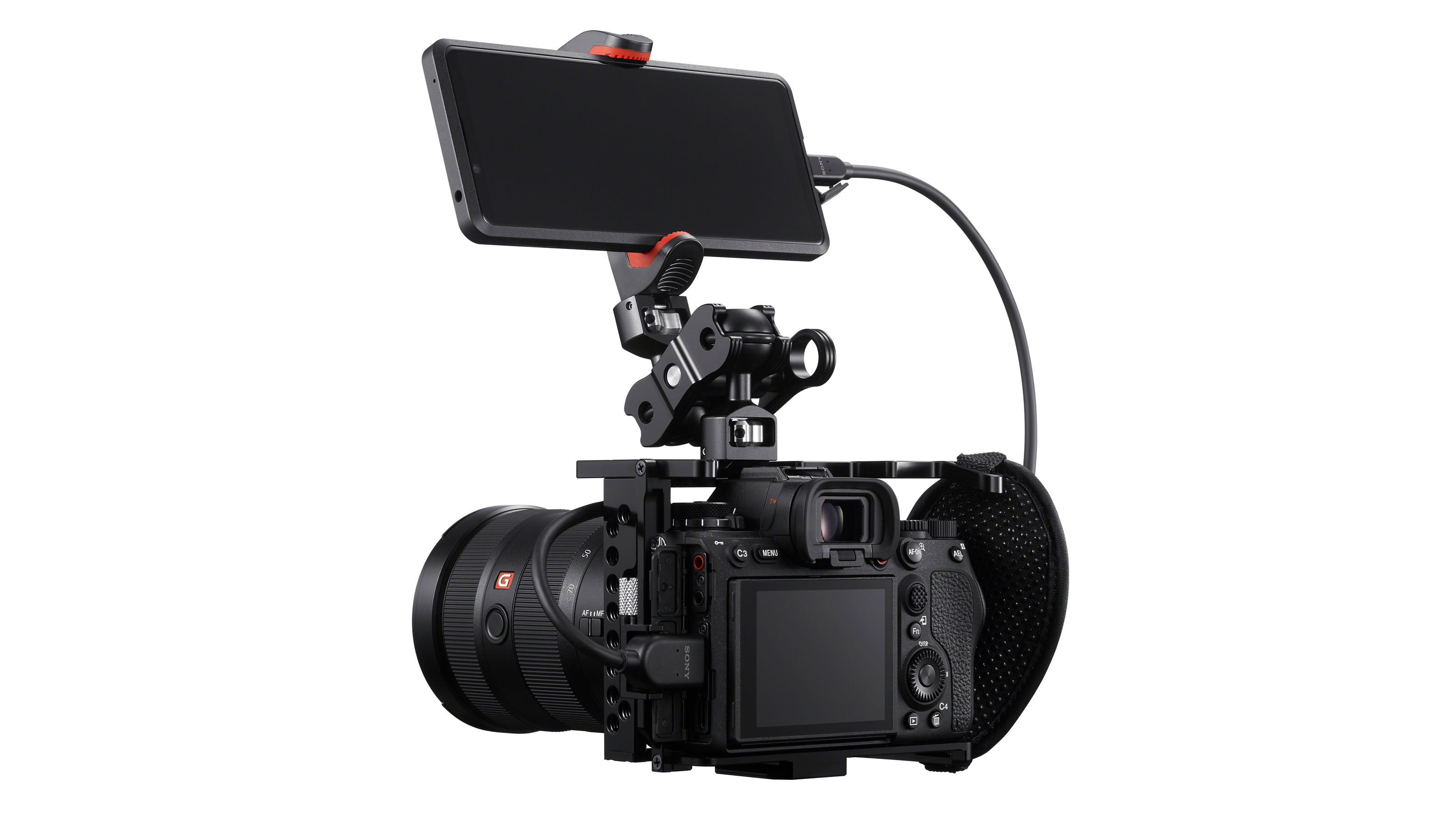
Nikon Z9: 8K (7680 x 4320) at up to 30p
Sony A1: 8K (7680 x 4320) at up to 30p
The two cameras offer an extensive range of video modes, codecs and compression options but their headline feature is their ability to capture 8K video at up to 30p. Nikon has promised a firmware update that will enable 8K 60p and 8K raw internal recording on the Z9, beating what’s possible on the A1.
4. Autofocus
Nikon Z9: 493-point hybrid AF system
Sony A1: Hybrid AF with 759 phase detection points and 425 contrast detection points
Both cameras have a hybrid AF system that uses both phase and contrast detection with the Sony A1 having 759 phase detection points covering 92% of the imaging area. But AF points are only part of the story these days and the two cameras also have a collection of subject detection modes that are designed to get the focus on the most important part of the scene. Like the Sony A1, the Nikon Z9 can detect humans, animals and birds (with eye detection) but it also adds vehicle detection to the mix and it can be set to detect any of those subjects at the same time.
5. Stabilisation
Nikon Z9: 5-axis giving up to 6EV shutter speed compensation
Sony A1: 5-axis giving up to 5.5EV shutter speed compensation
Nikon maybe a relative newcomer to sensor-shifting in-body image stabilisation, but its system works well and, like Sony’s, it works in tandem with lens-based stabilisation for extra effectiveness (especially with telephoto lenses). In the Z9 the stabilisation system enables 0.5EV more shutter speed compensation than the A1, which could be handy in low light conditions.
6. Viewfinder
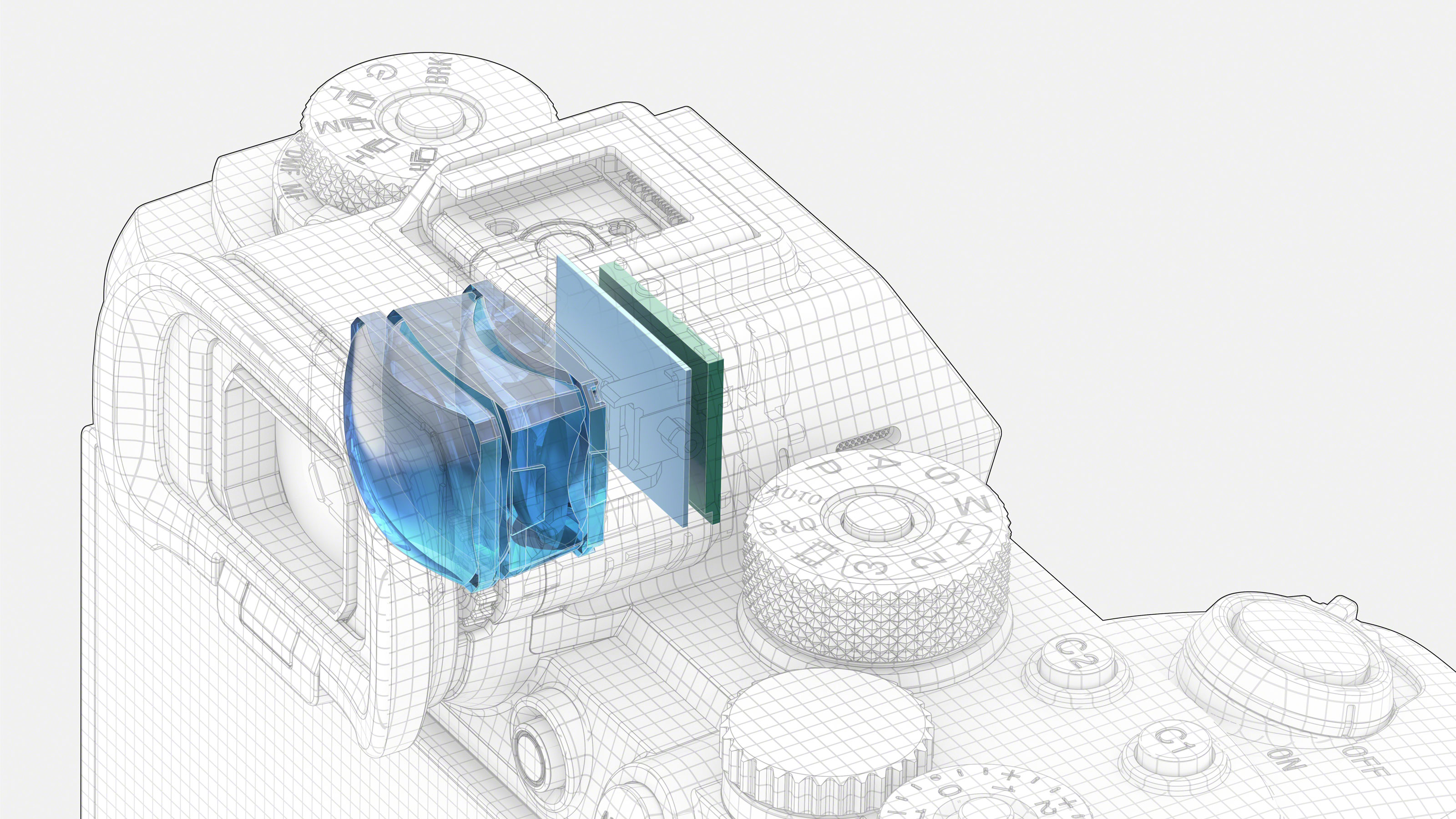
Nikon Z9: 0.5-inch 3.69-million-dot OLED
Sony A1: 0.64-inch 9,437,184-dot OLED
The Sony A1 has a bigger and higher resolution viewfinder than the Nikon Z9, but at 3000 nits, the Nikon camera stakes a claim for it being the brightest viewfinder around. The A1’s viewfinder also offers a refresh rate of up to 240fps and magnification of up to 0.9x, but it’s not possible to have the highest resolution, frame rate and magnification together, so you need to set the right combination for the subject and shooting situation.
7. Screen
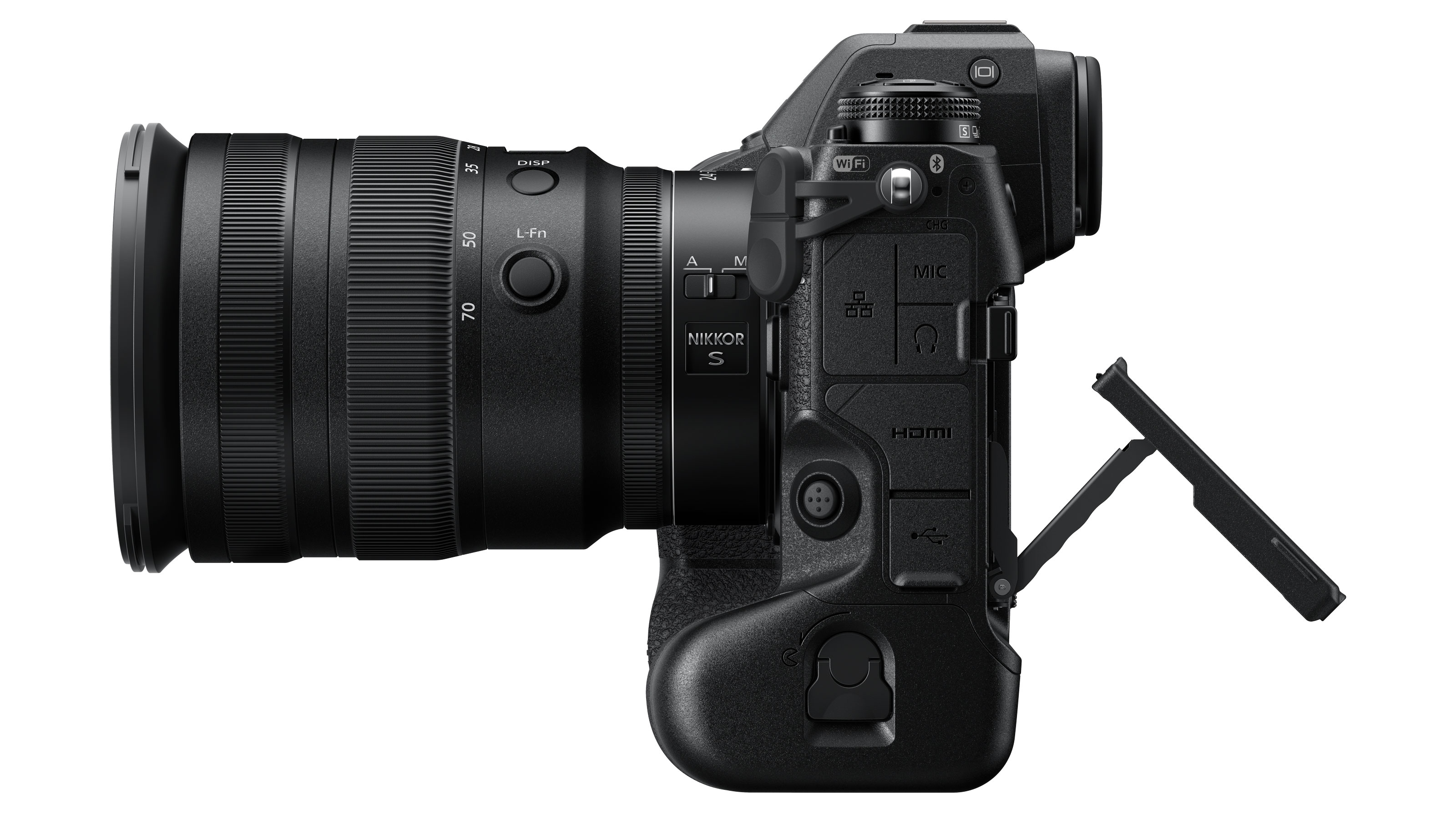
Nikon Z9: 3.2-inch 2.1-million-dot 4-way-tilting touch-screen
Sony A1: 3-inch 1,440,000-dot tilting touchscreen
While the Sony A1’s viewfinder may trump the Nikon Z9’s, the Z9’s screen is more impressive than the A1’s. For starters, it’s a little bigger and has a higher pixel count, but it also has a four-way tilting mechanism that means it can be angled to give a clear view when the camera is in portrait or landscape orientation. The A1’s screen can only be angled to give a clear view in landscape orientation.
8. Storage
Nikon Z9: Dual CFexpress Type B slots
Sony A1: Dual, 1 CFexpress Type A or SD, 1 UHS-II SD
We’re seeing a transition from SD type cards to CFexpress media in high-end cameras and Nikon went the whole hog for the Z9 by opting two CFexpress type B card slots. Sony, on the other hand, gave the A1 two slots that can accept both SD type cards and CFexpress type A cards. These cards are faster than SD UHS-II cards but, they’re not quite as fast as CFexpress type B cards, and they’re also not very widely available yet.
Nikon Z9 vs Sony A1: conclusions

If you’re in the market for a high-resolution full-frame mirrorless camera, the Nikon Z9 and Sony A1 are an enticing pair. With its single-grip design, the A1 typifies mirrorless cameras a little more, making a small, highly portable option. The Nikon Z9, however, is likely to appeal to photographers who are accustomed to shooting with a professional-level DSLR like the Nikon D6 or D5.
Both the Z9 and A1 offer and impressive set of features with blistering pace and the ability to shoot high-quality, high-resolution stills or video. It’s clear that Nikon is no longer playing catch-up and some regards, the Z9 beats what the A1 has to offer.
How we test cameras
Why you can trust Digital Camera World
We test mirrorless and DSLR cameras both in real-world shooting scenarios and in carefully controlled lab conditions. Our lab tests measure resolution, dynamic range and signal to noise ratio. Resolution is measured using ISO resolution charts, dynamic range is measured using DxO Analyzer test equipment and DxO Analyzer is also used for noise analysis across the camera's ISO range. We use these real-world testing and lab results to inform our comments in buying guides. For compact cameras and phones, we judge on real world handling and photographic results alone.
Get the Digital Camera World Newsletter
The best camera deals, reviews, product advice, and unmissable photography news, direct to your inbox!
Angela has been testing camera gear from all the major manufacturers since January 2004 and has been Amateur Photographer’s Technical Editor and Head of Testing for Future Publishing’s photography portfolio (Digital Camera Magazine, PhotoPlus: The Canon Magazine, N-Photo, Practical Photoshop, Photography Week and Professional Photography magazines, as well as the Digital Camera World and TechRadar websites). She is the founder of SheClicks - a community group that encourages and supports female photographers.

